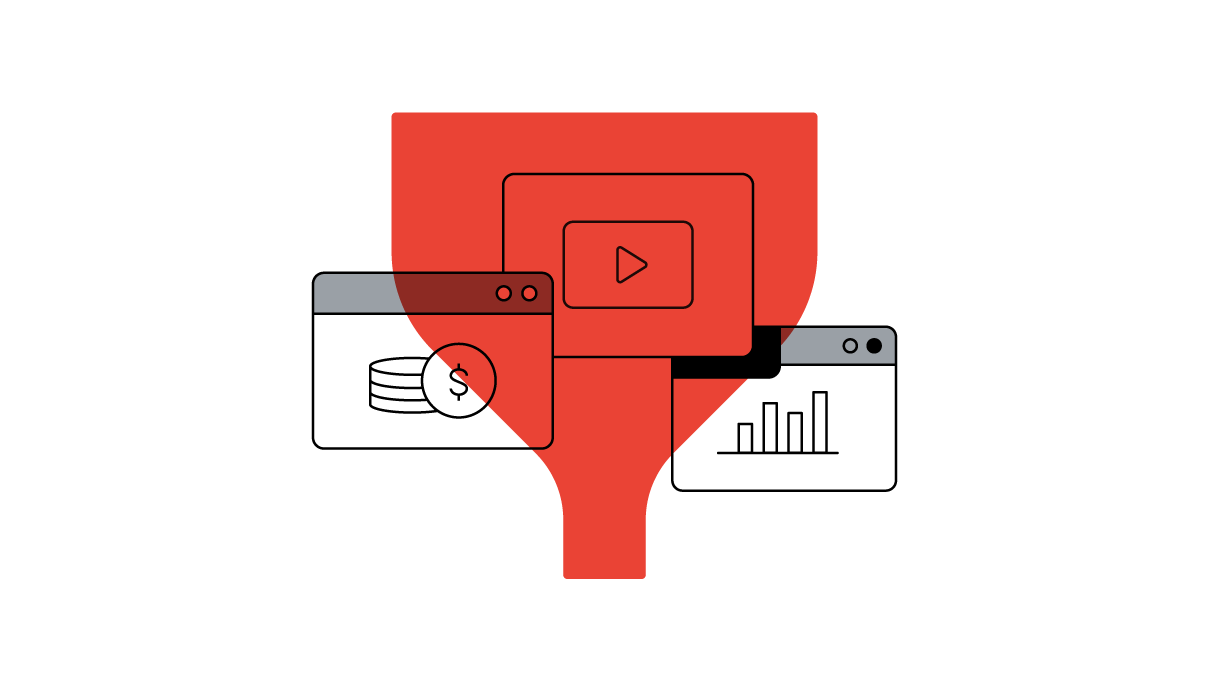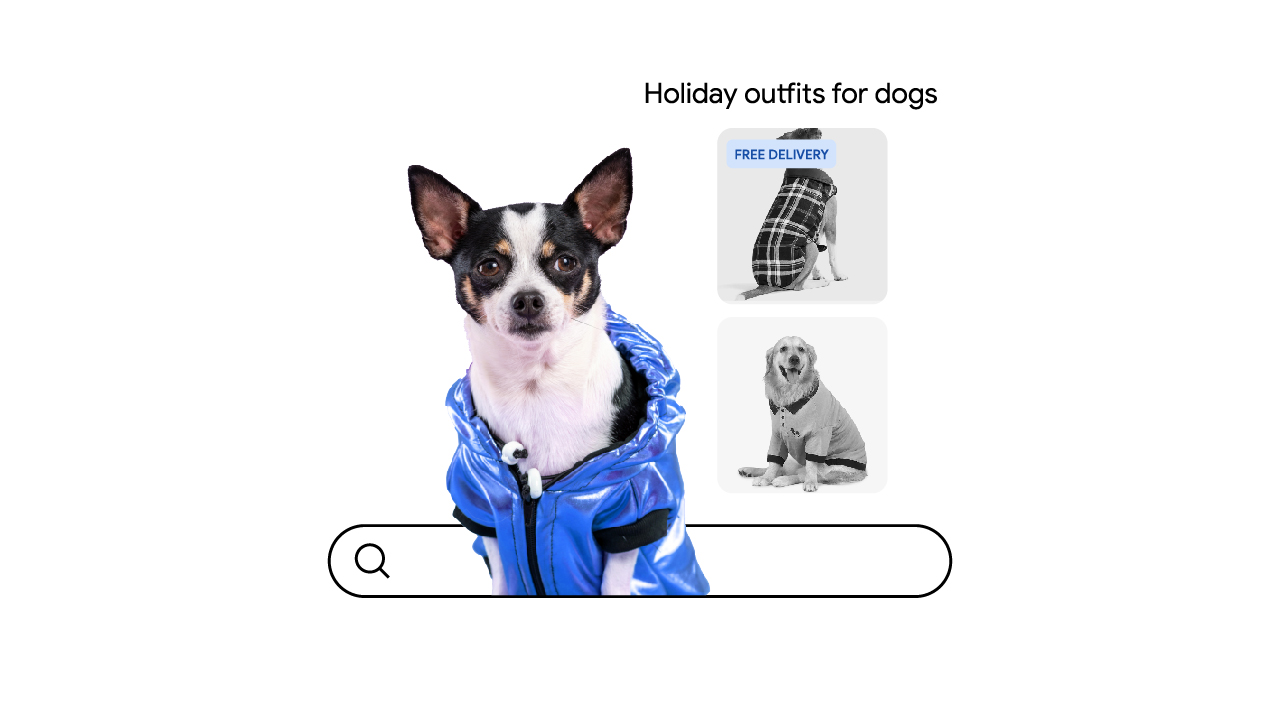As a marketer, chances are you’ve used consumer intent signals to understand what your customers want and then delivered relevant experiences to them. But have you ever used intent signals to predict what your customers want? Today, marketing technology allows you to do just that.
The reality is the customer journey is nothing short of dynamic. As the journey continues to shift and change shape, it’s becoming harder for marketers to make sense of all the consumer intent signals people leave behind. Because as people look for what they need, they switch between channels and devices. They may conduct a search and end their journey by watching a video. Hawaiian Airlines discovered just this when it used YouTube to drive people to purchase, increasing flight bookings by a whopping 185%.
Marketers have had to navigate these twists and turns by juggling first- and third-party data, probabilistic modeling, or remarketing. But all of that manual juggling simply won’t cut it. Today’s consumers expect more. They want assistance at every step. Therefore, as marketers, we need to be one step ahead of our customers — it’s time to start predicting their needs regardless of where they are in their journey.
Search enables marketers to tap into real insights across media to predict consumer intent at scale. And putting the right actions behind that power lets marketers go from fragmented planning and chasing intent to building an engine that predicts what people need throughout the journey.
To build that engine, leading marketers are focusing on three things:
- Aligning their marketing to business outcomes
- Leaning into customer lifetime value (CLV)
- Applying automation and machine learning to make the engine run
The result is an assistive experience for their customers and new opportunities for their business.
Optimize media toward business outcomes
It all starts with identifying and focusing on business outcomes that put results over media metrics. Consider this: 89% of leading marketers use strategic metrics, like gross revenue, market share, or CLV, to measure the effectiveness of their campaigns.1
For instance, HomeAway, a marketplace of vacation home rentals, is competing in the travel industry where people’s expectations are high and their tolerance for friction is low. As such, HomeAway knew it needed to set aggressive goals to grow and remain competitive. But it also realized its legacy approach to media wasn’t going to cut it. The company couldn’t settle for short-term metrics or siloed results.

So last year, HomeAway decided to optimize its media, specifically search, with an eye toward the same business metrics that matched its overall goals. The company’s previous strategy only measured last-click, same-device conversions. Now HomeAway is optimizing its media to drive profit and using data-driven attribution to help marketing teams understand the intent, interactions, and signals that are driving long-term growth.
Lean into customer lifetime value
Segmentation will never be perfect. But when a competitor understands segments by value, they’ll spend to reach — and win — the best customers.
That’s why it’s important to understand a customer’s overall value. Doing so can help inform bidding and build audiences. CLV measures the value a person brings to a business across all of their interactions over time — not just a single transaction. We’ve found that when marketers focus on CLV, they begin to attract more of the customers they care about, stoke ongoing engagement, and ultimately, increase retention.
Look at Papyrus, for example. The stationery and greeting card retailer homed in on CLV, recognizing that its loyal Perks members are 66% more valuable than other customers. Aligning this insight with media optimization, Papyrus increased profits by 10X in just three months.

“What we see is that our Perks clients spend more every time they shop with us, and they shop with us more often,” said Dominique Schurman, chief executive officer at Papyrus. “The other huge benefit of having the Perks program is we can segment. We can reach out to lapsed members in a certain way, and speak to our very best clients, perhaps with a different voice or perspective.”
Automate, automate, automate
There’s an effective way for marketers to predict consumer intent. They don’t have to manually connect intent to marketing. Machines can now see, identify, and build those patterns.
Bringing it all together by automating creative, audience, bidding, attribution, and budgeting tools gives marketers a stronger shot at success.
Most marketers believe their KPIs could be better achieved with greater investment in automation and machine learning technologies.2 But they’re still cherry-picking their way into automation. Leaders, on the other hand, are making more holistic changes to their marketing.
In research completed with MIT SMR, we found that measurement leaders were more than twice as likely as their measurement-challenged counterparts to agree that their organization is already investing in automation and machine learning technologies to drive marketing activities.3
As for HomeAway, the company understands there are an infinite number of attributes to inform every travel bid for search ads. Shifting to data-driven attribution and automated bidding was instrumental to its success. The results helped HomeAway grow gross bookings in 2017 by 46% year over year and revenue by 115% year over year.
Predict intent. Drive growth
Having said all that, it’s easy to see why competition — and the ability to grow — is not what it used to be. People expect brands to know what they want and assist them in getting it. And the brands that evolve their strategies around consumer intent will win.
The ability to understand consumers and tap into real intent is a game-changer for marketers. Make the decision to start building the engine to deliver what you care about: predicting intent to drive outcomes that grow your business.







